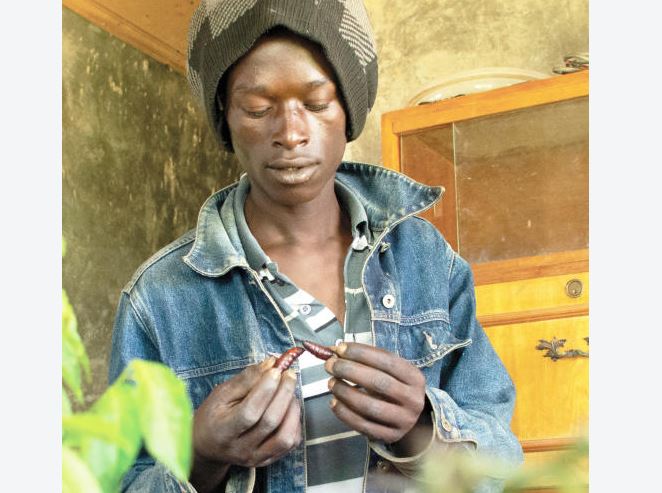×
The Standard e-Paper
Join Thousands Daily

A new initiative to help conserve indigenous forest tree cover in Taita Taveta County has been initiated.
Nature Kenya under the 'People Partner with Nature Programme' has started a programme to support communities living adjacent to the Taita Hills Forests to engage in income generating activities like butterfly farming, bee keeping, eco-tourism ventures among others that reduce pressure on the environment.